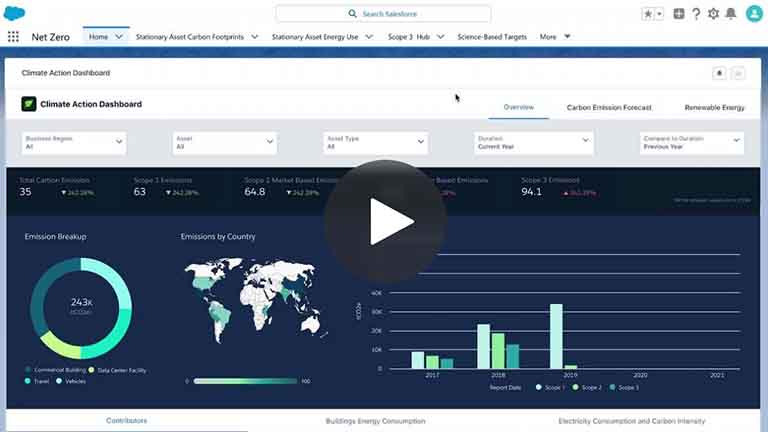The Business Guide to Carbon Accounting
Why should a business account for its carbon?

What is carbon accounting?
Carbon accounting is the systematic approach organizations use to calculate their greenhouse gas (GHG) emissions. This evaluation helps businesses understand their climate impact, set emissions reduction targets, and identify risks and opportunities for the business. In some organizations, a company’s carbon footprint is also known as a “carbon inventory” or a “greenhouse gas inventory.”
Carbon accounting is the foundation for implementing meaningful climate action in your organization. By conducting a thorough GHG emissions inventory, you lay the groundwork for developing targeted carbon reduction strategies that align with and enhance your overall sustainability strategy. The leading framework that businesses use to conduct an emissions inventory is the GHG Protocol.
What are greenhouse gas emissions?
Greenhouse gas emissions trap heat when released into the atmosphere. Carbon dioxide (CO2), methane (CH4), and nitrous oxide (N2O) are the most prevalent GHGs for businesses.
Some amount of GHGs are vital for life on Earth, as they capture heat from the sun, warming the planet while preventing that warmth from dissipating into space. However, over the past 200 years, increasing GHG emissions from the use of fossil fuels has disrupted the delicate atmospheric balance that regulates our climate. This imbalance is leading to extreme global consequences that affect ecosystems, economies, and communities through severe heat waves, large-scale wildfires, intense storms, accelerated sea-level rise, and more.
Because different GHGs have differing levels of impact on the atmosphere, the global community has aligned on the use of a single metric to quantify the impact of all GHGs: carbon dioxide equivalents, or CO2e. The U.S. Environmental Protection Agency defines CO2e as the number of metric tons of CO2 emissions with the same global warming potential as one metric ton of another GHG. In other words, CO2e refers to the impact from all GHGs, normalized and described in terms of CO2 impact. By referring to the impact of all GHGs in terms of CO2e, we can make direct comparisons among various GHGs.

How should you categorize emissions?
The Salesforce Advantage
The Guide to Carbon Accounting
- Which departments should be involved in carbon emissions reporting
- How to define boundaries, collect data, and turn that data into carbon emissions equivalents
- How to streamline and automate the process with the right tools and technology

Complete the form.
More resources

Meet Net Zero Cloud.

Breitling puts sustainability in the spotlight with Salesforce.























